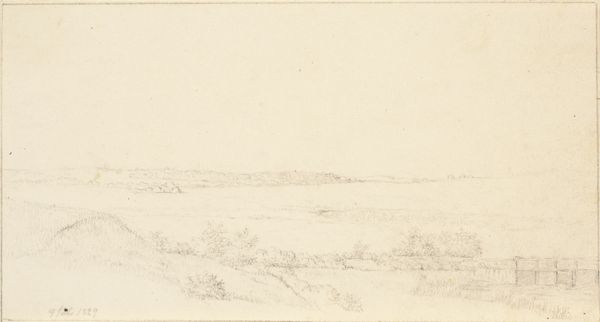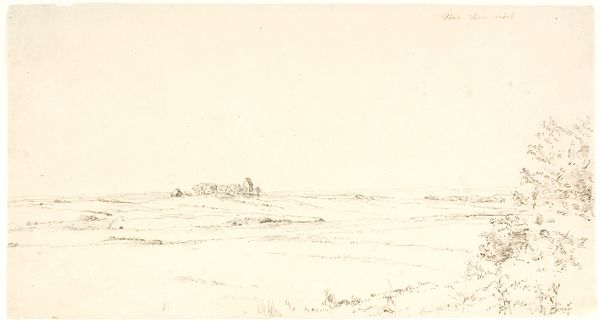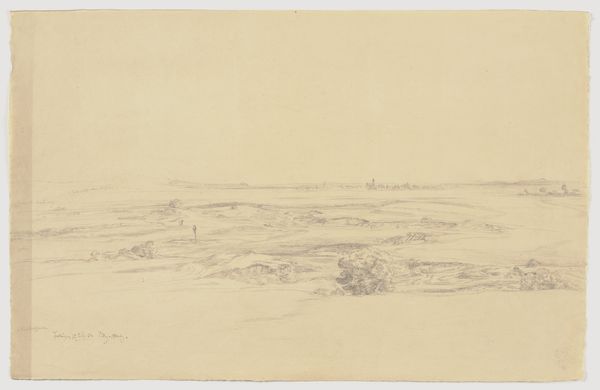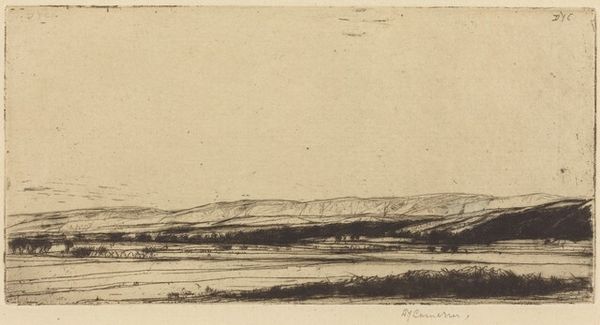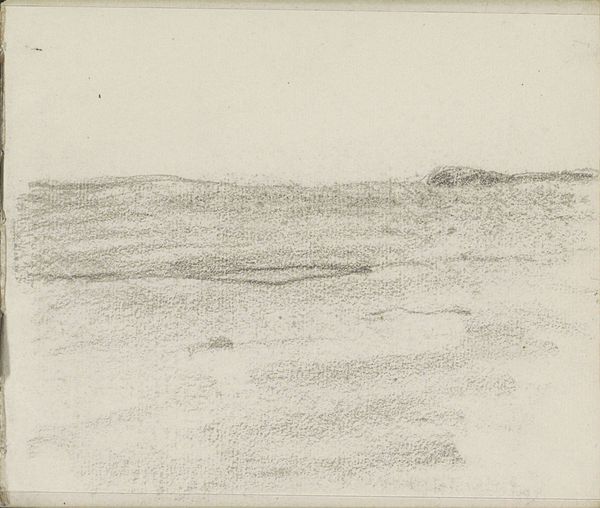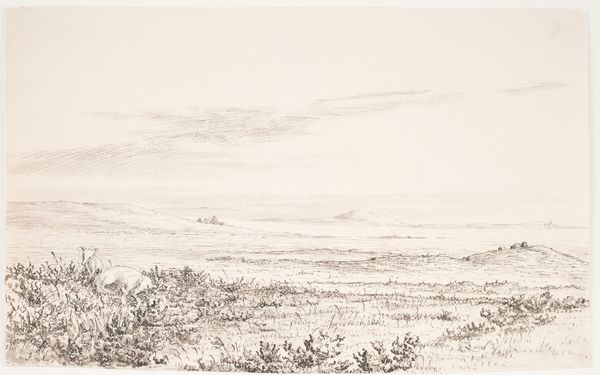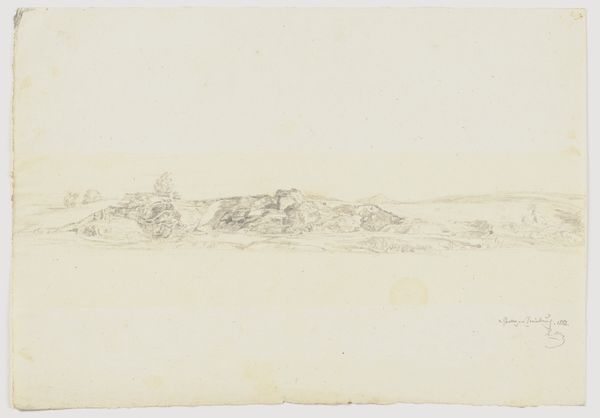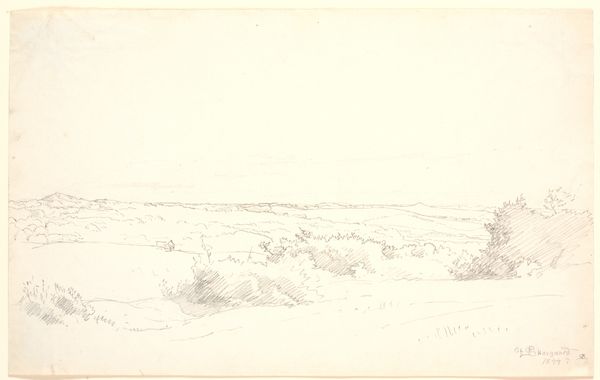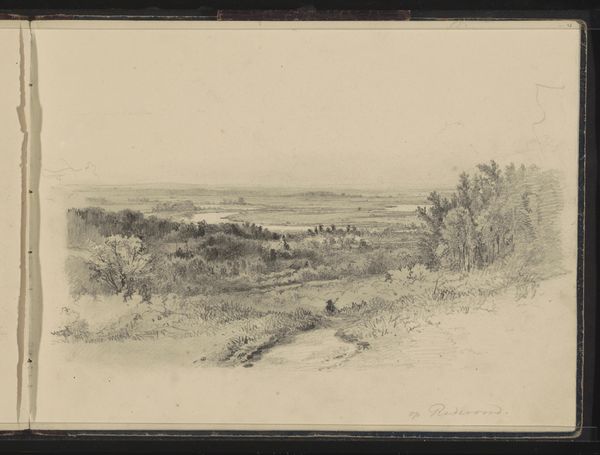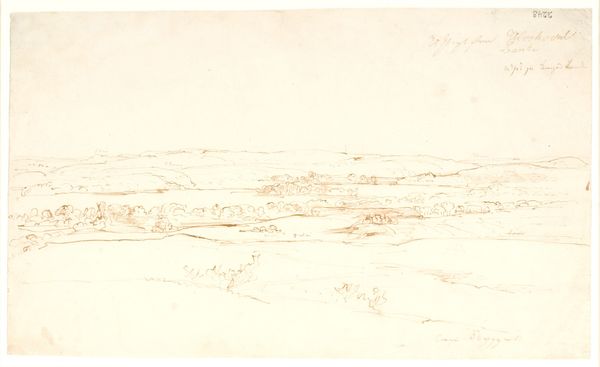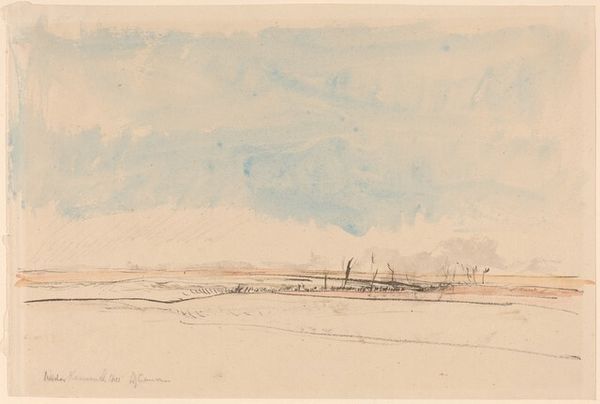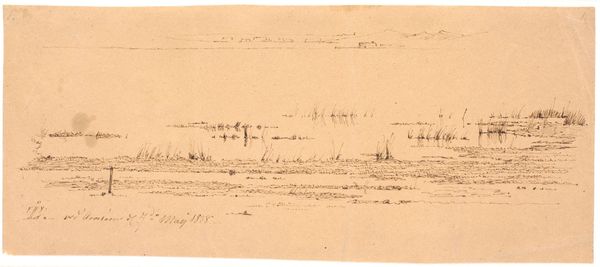
print, etching
#
art-nouveau
# print
#
etching
#
landscape
#
etching
#
modernism
Copyright: National Gallery of Art: CC0 1.0
James McBey made this etching, called Buchan, using a drypoint technique. It shows a rural landscape with a steam traction engine, and its cultural and social context is rooted in the early 20th-century shift from agrarian to industrial life in Scotland. The image creates meaning through stark contrasts. The locomotive represents industrial progress, while the open fields evoke a sense of timeless tradition. McBey was working at a time when modern etching was being revived as a way to create affordable art for a wider audience, as opposed to the more exclusive market for paintings. You can see an institutional critique here, too. By choosing an everyday subject, McBey is steering away from the grand historical themes favored by the art establishment. To understand this work better, we need to know about McBey's personal history, about the history of agricultural technology, and about the revival of etching as an art form. Art history is about understanding the social and institutional forces that shape the making and viewing of art.
Comments
No comments
Be the first to comment and join the conversation on the ultimate creative platform.
